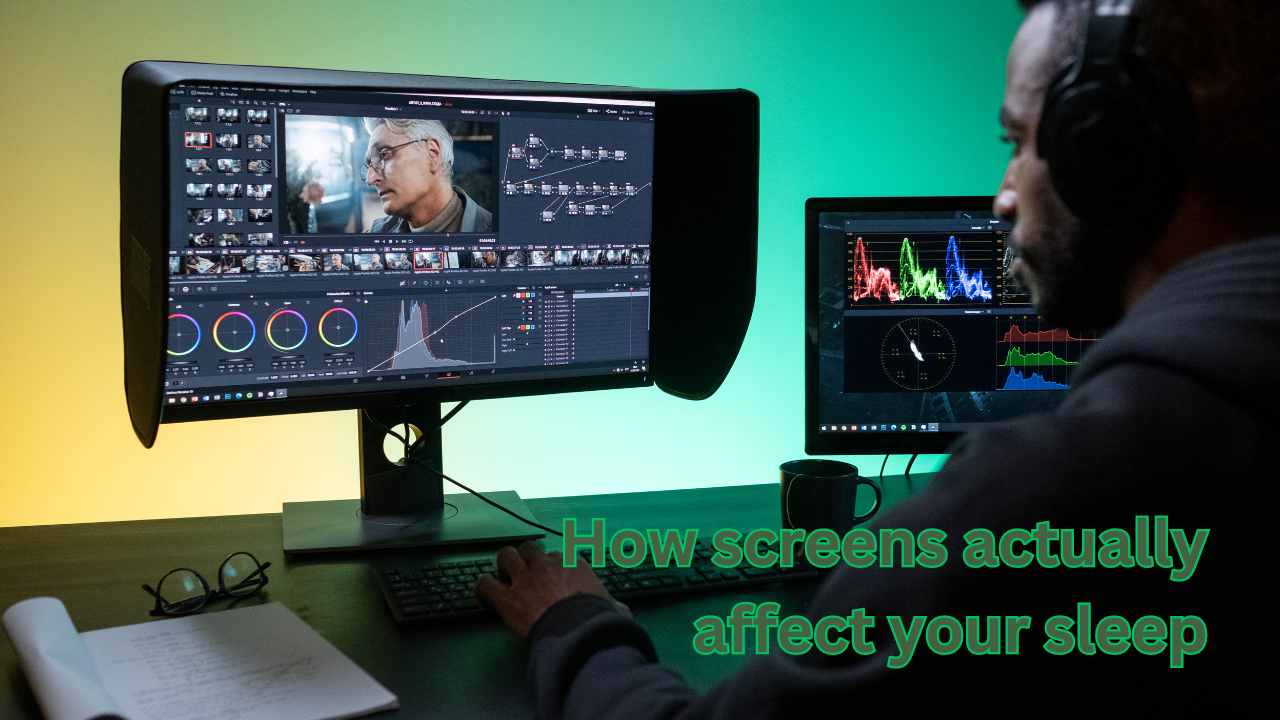The Intricate Dance of Light and Melatonin
Our body’s natural sleep-wake cycle is intricately tied to the rhythmic patterns of light and dark. As the sun rises, our body suppresses the production of melatonin, a hormone that plays a crucial role in regulating our sleep-wake cycle. This natural process helps us feel alert and awake during the day.
However, the introduction of artificial light, particularly the blue-rich light emitted by our electronic devices, can disrupt this delicate balance. The blue light from our phones, tablets, and laptops suppresses melatonin production, making it harder for us to feel sleepy and fall asleep at night.
The Limitations of Night Shift and Night Mode
In an effort to mitigate the impact of blue light, many devices now offer features like Night Shift or Night Mode, which aim to shift the color temperature of the screen towards warmer, more amber-hued tones. The idea behind these features is to reduce the circadian-disrupting effects of blue light.
However, a study conducted by sleep researcher Rohan Nagare and his colleagues found that these features may not be as effective as we might hope. The study showed that both high and low color temperature shifts in Night Shift mode still suppressed melatonin production, with no significant difference between the two modes.
Rohan explains that the problem is more complex than just the color temperature of the light. “Spectrum is just one aspect. Distribution, duration, timing, and amount needs to be considered,” he says. Even with a warmer color shift, the overall brightness and duration of screen time can still have a detrimental impact on our sleep.
Optimizing Screen Time for Better Sleep
So, if Night Shift and Night Mode aren’t the silver bullet we’ve been hoping for, what can we do to mitigate the effects of our screen-filled evenings? Rohan suggests a multifaceted approach:
- Limit screen time: Keeping our late-night screen time to a minimum, such as less than 30 minutes, can help reduce the cumulative impact on our circadian rhythms.
- Adjust brightness: Lowering the brightness of our screens, especially in the hours leading up to bedtime, can help minimize the intensity of light exposure.
- Leverage morning light exposure: Counterintuitively, getting ample bright light exposure in the morning can help offset the effects of evening screen time. Rohan suggests aiming for 800 lux of light in the morning, which can be achieved through a brisk outdoor walk.
The Multifaceted Nature of Sleep Disruption
While the blue light emitted by our devices is a significant factor in sleep disruption, it’s not the only culprit. The content we consume on our screens can also have a significant impact on our sleep quality.
Activities like doom-scrolling or watching stimulating content, such as scary movies, can be just as disruptive to our sleep as the light itself. The cognitive and emotional stimulation from these activities can keep our minds racing, making it difficult to wind down and fall asleep.
Embracing a Healthier Relationship with Technology
Ultimately, navigating the complex relationship between screens and sleep requires a holistic approach. By understanding the various factors at play, we can develop strategies to optimize our screen time and create a healthier sleep environment.
This may involve a combination of limiting screen time, adjusting device settings, and being mindful of the content we consume in the hours leading up to bedtime. By taking these steps, we can work towards a more harmonious coexistence with our digital devices and enjoy the restorative benefits of quality sleep.
- The Hidden Vitamin That Can Save Your Heart - 21 August 2025
- Flax Seed in Urdu السسی کے فائدے - 8 July 2025
- Top Benefits of Zinc - 23 May 2025










